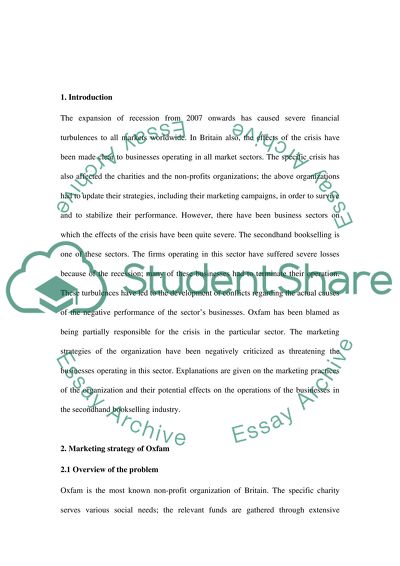Cite this document
(“Not for profit and public sector marketing(Charity Marketing) Essay”, n.d.)
Retrieved from https://studentshare.org/environmental-studies/1418384-not-for-profit-and-public-sector-marketingcharity
Retrieved from https://studentshare.org/environmental-studies/1418384-not-for-profit-and-public-sector-marketingcharity
(Not for Profit and Public Sector marketing(Charity Marketing) Essay)
https://studentshare.org/environmental-studies/1418384-not-for-profit-and-public-sector-marketingcharity.
https://studentshare.org/environmental-studies/1418384-not-for-profit-and-public-sector-marketingcharity.
“Not for Profit and Public Sector marketing(Charity Marketing) Essay”, n.d. https://studentshare.org/environmental-studies/1418384-not-for-profit-and-public-sector-marketingcharity.


